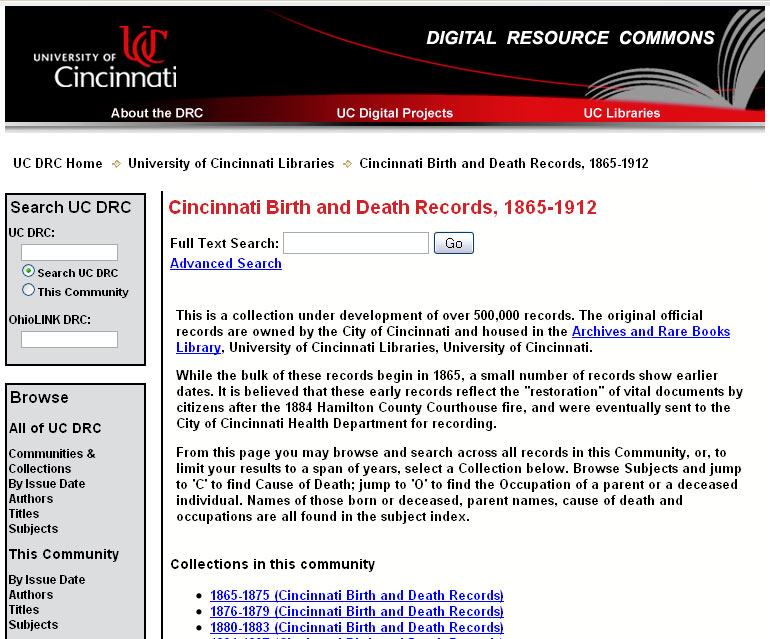By Janice Schulz
Researchers know that life events tend to leave some amazingly informative paper trails and that sometimes you can find good things in seemingly bad places. For some individuals, a prison sentence was a significant, formative life event, and the paper trails that prison stays provide can tell some interesting stories. The Cincinnati Workhouse, which operated from 1869-1985, tried to take those prison sentences and turn them into more positive experiences for inmates and society through rehabilitation, emphasis on moral ideals, and hard work. As part of our Ohio Network of Local Government Records collection, the Archives and Rare Books library holds jail registers from the Cincinnati Workhouse for the years 1877-1945.

The Cincinnati Workhouse in an idyllic, undated postcard from ARB’s Nelson and Florence Hoffmann Cincinnati Postcard Collection
On March 9, 1866, the Ohio General Assembly passed an act authorizing any Ohio city exceeding 100,000 in population to erect and maintain a workhouse. A workhouse was a new concept in the field of criminal justice, responding to the emerging idea that crime was related to societal and moral issues, and providing not only punishment, but rehabilitation as well. A workhouse aimed to rehabilitate by stressing moral values, providing inmates with something productive to do, and possibly introducing them to a new trade. Additionally, they were seen to be more cost-effective than traditional jails, as inmate labor contributed to the institution’s operations and provided outside income. Continue reading



